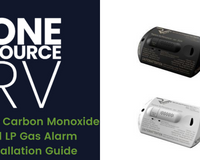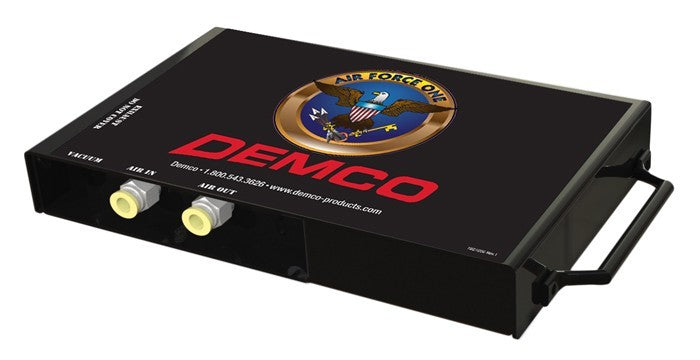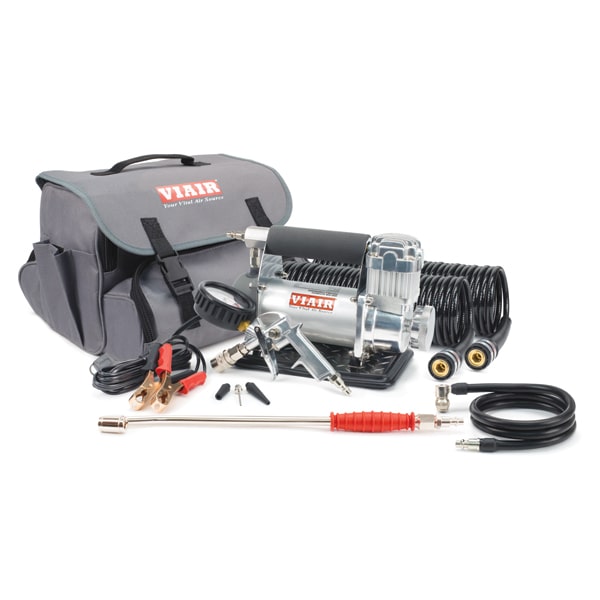There are so many decisions we make in life. Wasting time trying to identify vent covers for your RV shouldn’t be one of them. Choosing the right RV vent cover is quite complicated. But we’re here to help you quickly identify, select, and purchase the right RV vent cover for you.
Why you might need to replace your RV vent cover
RV vent covers protect your vent fans from the outdoor elements. This means they play an important role in the overall climate control of your RV. These vent covers can prevent harsh sunlight from entering your rig, which helps control the temperature, and prevents sun rays from damaging your interior. It also ensures debris doesn’t build up on your screens, and it prevents water from destroying your RV.
The issue with RV vent covers is they sit on top of your RV, and they take a beating from mother earth. From the intense sun, to hail, to the winds during 70 MPH drives. These things can get roughed up in a hurry. RV vent covers that come with your new RV often need to be replaced after a few years. However, they do make upgraded ones that can last much longer and are made from an unbreakable material.
Know your opening dimensions
The vast majority of vents are 14” x 14”. Rarely will you have a different size, but it is possible. You should do a quick measuring to ensure that your vent cover falls into the typical sizing. If you happen to have one that is a bit different, I recommend contacting someone at One Source RV to let them guide you through the process of choosing the correct vent cover. With that being said, there are still some things you need to know moving forward.
What hinge type does your RV vent cover have?
It would be nice to think any vent cover would work, but that isn’t the case. There are several different types of hinges that need to match up correctly. This is probably the most confusing aspect of purchasing a replacement vent cover for your fan. So let’s go through the most common types of RV vent cover hinges.
Elixir Old Style (Elixir Pre 1994)
The Elixir Old Style hinge is more of a C-shape, and will probably be used on some of your older RV vents. It is made of rust-resistant metal, and has an extended C-shape that allows the connection to be maintained.
-
Jensen Old Style (Jensen Pre 1994)
The Jensen Old Style hinge is a pin-style hinge. It can be identified by the enclosed circle that needs a long pin to keep it anchored together. This style hinge is made of a rust-resistant material.
Jensen New Style (Since 1994)
The Jensen New Style hinge is a plastic type of hinge. It is a 3-point hinge, meaning it has three connection points for its attachment.
Ventline Old Style (Ventline Pre 2008)
The Ventline Old Style hinge is a continuous hinge that fits Elixir roof vents (Post 1994) or Ventline roof vents (pre 2008). It is 15”x15”. This is designed for 14-¼” x 14-¼” openings.
-
Ventline New Style (Since 2008)
The Ventline New Style hinge is more of a wedge-type hinge, meaning it has all the connection points joined together in the middle of the roof vent cover. It is made of plastic—polypropylene.
Identifying the hinge-type is the most complex part of the entire process. Once you identify this, you are ready to make a few decisions based on your preference.
Which cover material do you prefer?
The cover material is largely based on your preference. How long do you want this cover to last? How often will it be exposed to sun or rolling down the road? There are a lot of RVs that head to a destination, are placed under a carport, and left there. In this example, it might make sense to use one with thinner plastic, and save yourself some money. The sun won’t beat down on it, and the risk of a rock cracking it or branches falling on it are slim to none.
However, if you are one that travels often, your RV is exposed to the sun a lot, or you often have it parked under trees, you might want to opt for the thicker, unbreakable cover.
How much light do you want to allow inside?
There are several options in regards to transparency. You can go with a clear, white, smoke, or even solid black. Depending on how much light you’d like to have shining down will help you make this determination. A lot of people choose to have it blend in with their roof and go with a white color. If you find yourself in incredibly sunny, warmer climates, it might be nice to have a smoke cover to help eliminate some of the heat from the sun. However, in colder, cloudier environments you might want all the sun you can get.
Add an extra layer of rain-proof protection
Controlling the humidity inside your RV is one of the most important acts of prevention you can do. Your vent being able to be opened is a great way to take care of this issue. However, there are those days, weeks, and even months—in some areas—that you can’t keep your windows or vents open. Because of that, there are some vent types you can add to your RV that will allow you to keep those vents open and your fans on. This will help prevent harmful molds from building up and hurting your health. These vents do stick up higher on your RV—and cost a bit more—but what they offer is a much higher quality.
If you still have questions, One Source RV can help
One Source RV has an exhaustive list of parts, accessories, and expertise. The information they can provide is from experienced—both current and former—Master Certified RV Technicians and other service professionals. That makes One Source RV a leader in the industry.
On top of the best and most experienced staff in the industry, they pride themselves on treating you with respect, keeping you on the road, and providing free shipping for all the products you buy from them.
You can purchase from One Source RV with peace of mind, and trust the information you get from these experienced professionals.







